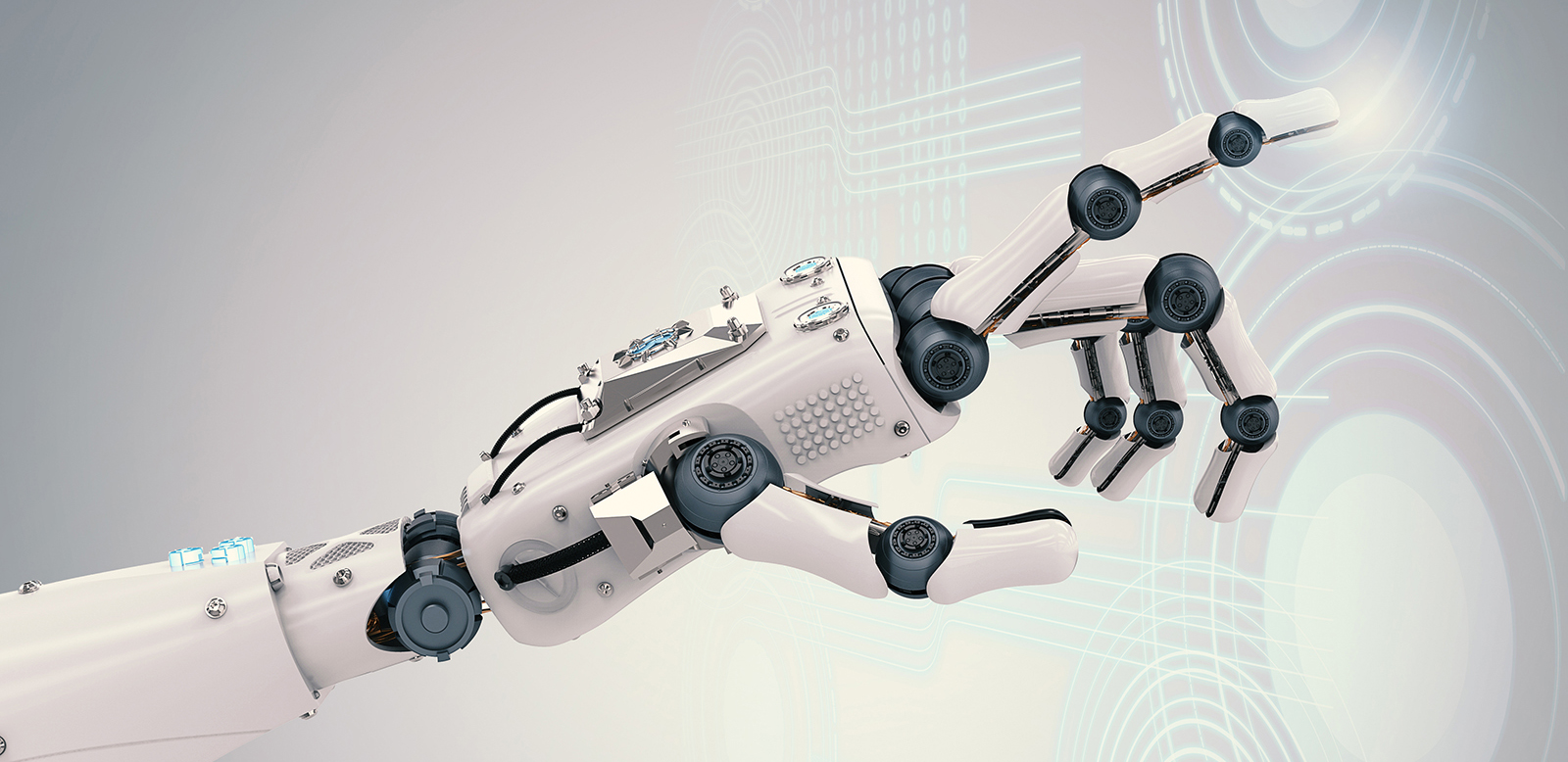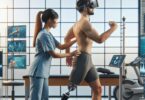Morimoto and his team managed to incorporate muscles in a “bio hybrid” robot in a kind of “antagonistic pairs”, almost like a mirror movement, to achieve a 90 degree movement. The robotic structure on which they installed a pair of functional muscles included a rotating joint, anchors where muscles could be attached, and electrodes to provide the stimulus to induce muscle contraction.
For the muscular part of the robot, instead of extracting a muscle already formed in a human body, the team of engineers and biologists grew one from zero. For this, they used hydrogel sheets containing muscle precursor cells called myoblasts, holes to attach these sheets to the anchors of the robot’s skeleton, and bands to encourage the muscle fibers to form in an aligned fashion.
The team also tested the robots in different applications, including picking up something from the ground, placing a ring and having two biohybrid robots working in unison to pick up a square frame. The results showed that robots could perform these tasks well.
These and other innovations are now possible in Pharmamedic.









